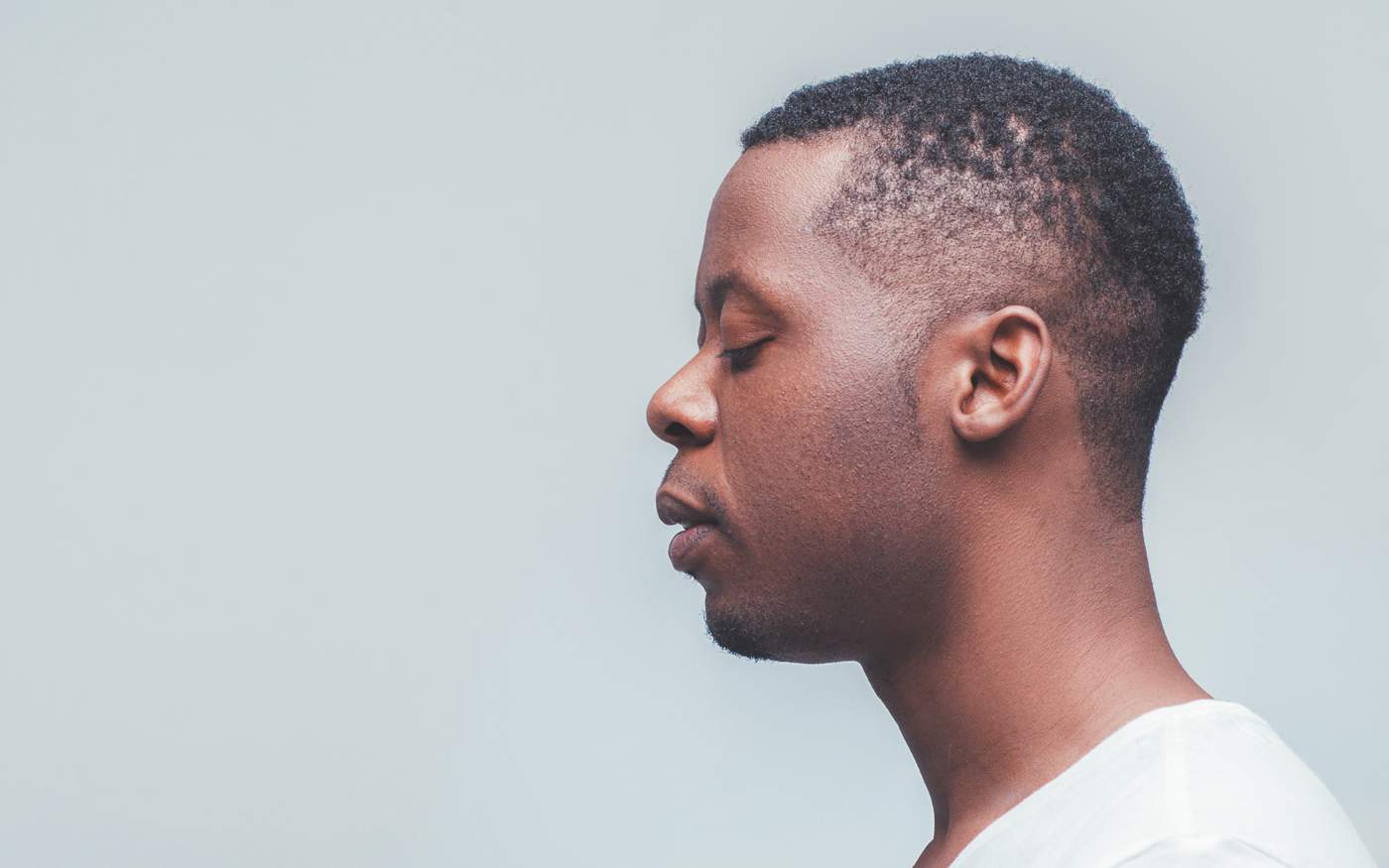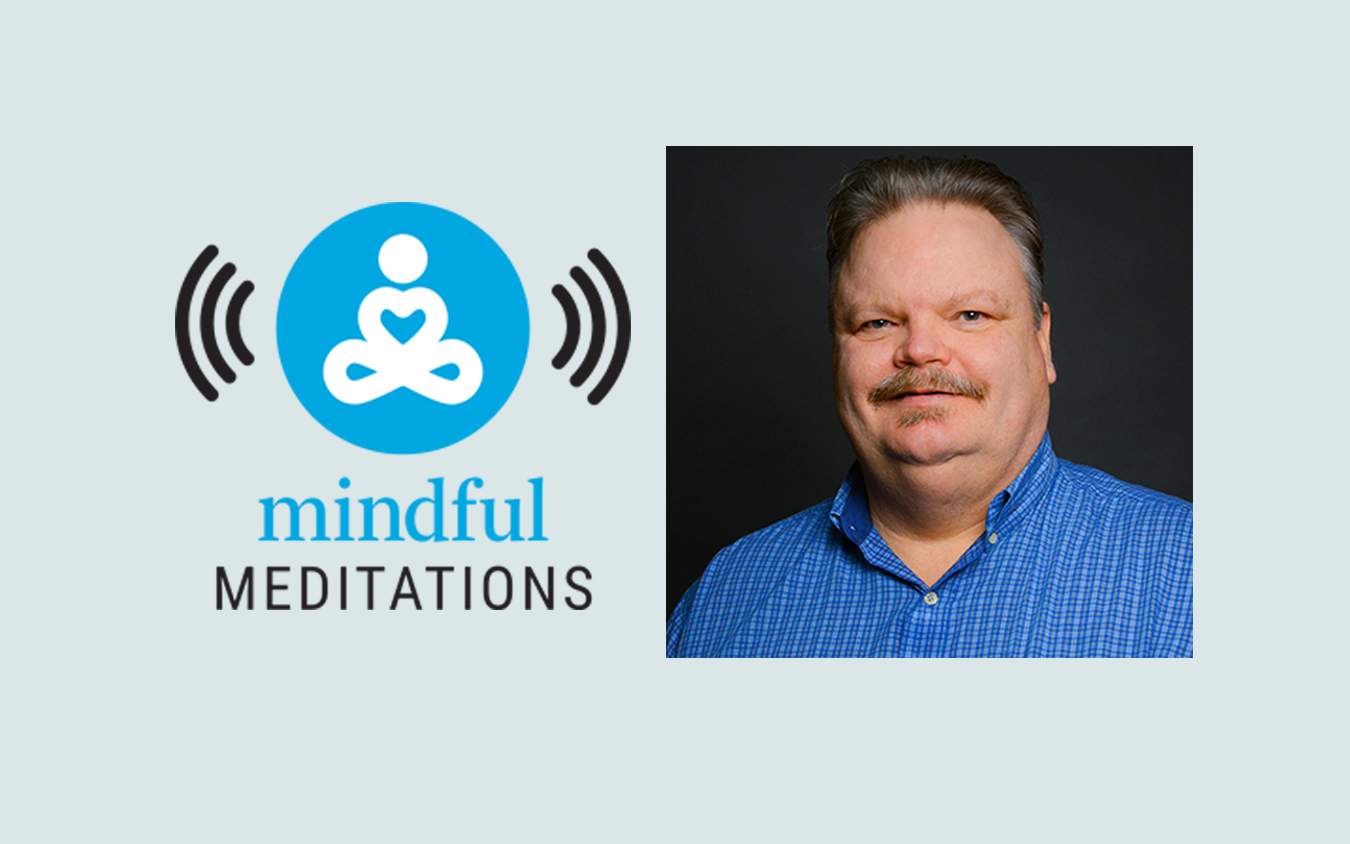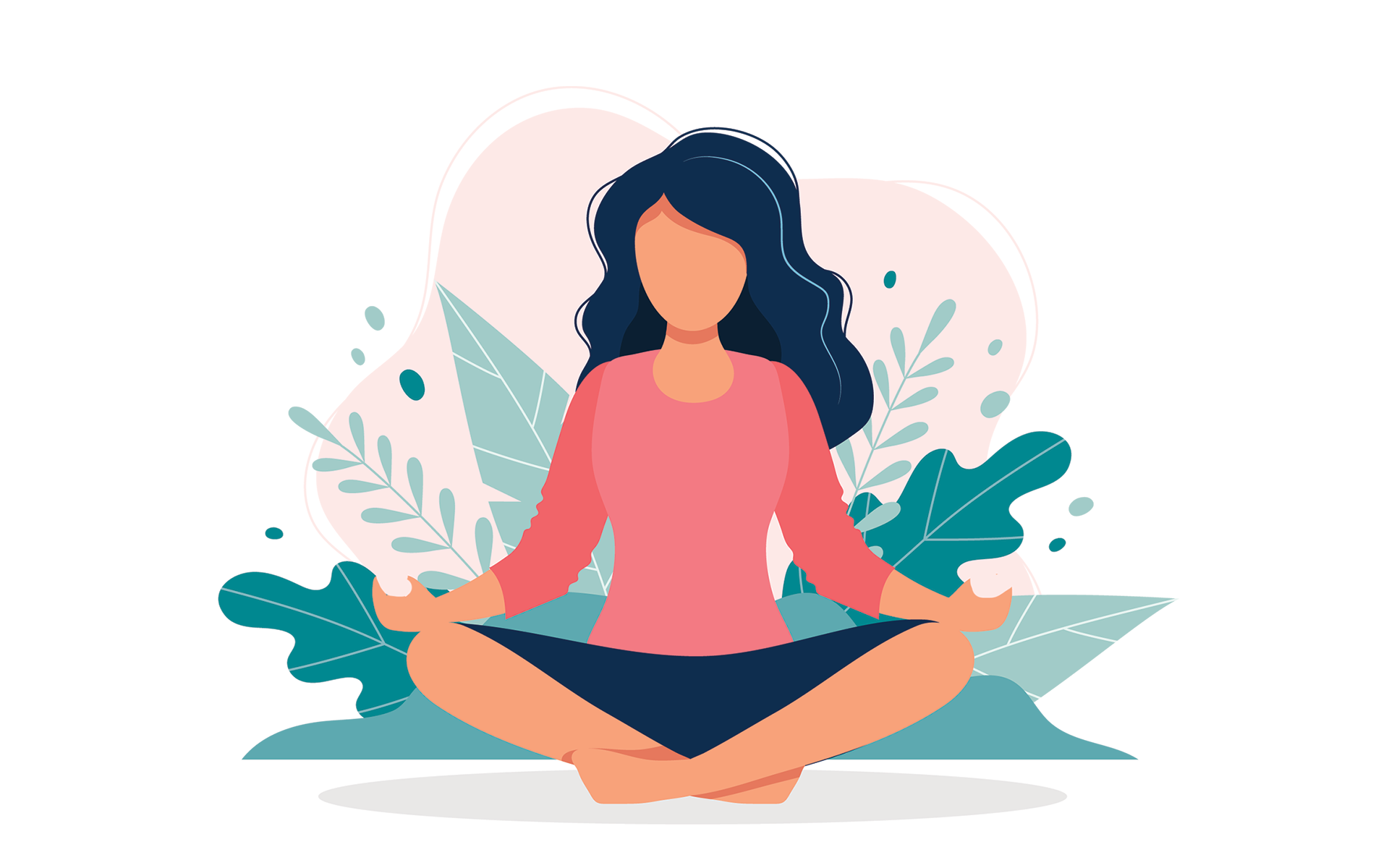I call this practice taking time for what matters. Life can be very distracting. It’s so easy to get caught up in a blizzard of our own thoughts, which are interestingly, sometimes the thoughts of others that have planted themselves in our brain. Like something we heard on the news or a passing comment that latched onto us like a stain on the carpet.
In this contemplative practice, we take a moment to drop beneath the chatter and appreciate the quality of our being—just being. So we’ll begin with a few minutes of basic mindfulness practice.
A 20-Minute Guided Practice to Connect with What Matters Now
Taking Time for What Matters with Barry Boyce
1. First settle into your body. If you’re seated in a chair or on a cushion, feel your bottom touching the cushion. If you have to lean back in the chair, feel how the back of the chair is touching your body. Feel your feet or your legs touching the floor.
2. Feel the weight of gravity pulling you down—down onto the earth.
3. Your upper body is upright, but not stiff. Your eyes can be open or closed if you’d like. Your hand is slightly inclined and your chin is down in a gesture of humbleness. Your hands resting easily on your thighs.
4. Take a moment to feel the full weight of being here before doing any particular practice.
5. Now allow your attention to rest on the breath as it goes out. We’re going to do out-breath meditation. On the in-breath, not quite as much attention. Just let there be an open space. It’s okay to leave space. That’s part of the point here. The in-breath is a pause with no purpose.
6. Out-breath. Out-breath. Out-breath. Still feeling in the background, the weight of our body.
7. As thoughts arise, you don’t fight them. Just label them with a blanket word like thinking. And actually say thinking in your mind. In the very act of labeling it thinking, we notice it. And we gently glide back to noticing the next out-breath with bare attention. The kind of attention needed to pick up a glass or a pen.
It’s very light, simple attention. No need to intensely focus. We rest our attention on the out-breath. We’re going to do that for a couple of minutes.
8. Resting attention gently on the out-breath, labeling thinking, coming back to the out-breath, leaving space at the end of the out-breath and during the in breath.
9. If you go off in thought for a long period of time, when you notice, don’t recriminate, simply label it thinking. And gently, come back to the out-breath.
10. So now we’ll shift from the basic mindfulness practice to a contemplative practice, where we use our thought process to pay attention to certain aspects of our mind and our life.
11. In this case, we’re going to begin by contemplating our various roles and responsibilities in life. You may be a mother, a father, or a daughter who needs to take care of a parent, a trusted friend, or a sister. Bring to mind all of the roles and responsibilities that form and shape your life and give you part of your identity. So you would say I’m a mother, I’m a father, I’m an insurance agent, I’m an editor, I take care of my mom.
12. Now, imagine you set those down for a little bit. You’re not rejecting them. You’re not thinking there’s some kind of problem with them. You’re just taking some time to set them down. It’s as if you’re carrying some luggage and you’re going to set it down just for a period. If you’ve been carrying things, maybe you’re carrying a bunch of things, and you set them down, there’s a certain feeling of less burden.
13. So having set things down in your imagination, in your mind’s eye, take a moment to appreciate just being, grounding in your sense perceptions. And if you’re impaired in any of these sense perceptions, you’re not excluded. It’s about enjoying the entire sensory field.
Noticing Smell
14. You could start with smell. See what you can smell in the atmosphere. Maybe you’re in a area where there’s a rich sensory environment of plants, food just cooked, or maybe it’s just a very neutral kind of smell environment. Just notice the very capability of smelling and how it connects to you.
Noticing Touch
15. And now touch. In this case, we’re not picking anything up with our hands. But our feet or legs are touching the floor, our bottom is touching a seat, and the air is touching the pores of our body. Our whole body is sensing the temperature and through our pores, we’re exchanging with the outside. It’s the boundary of outside and inside.
Noticing Sound
16. You’re hearing. There’s an entire soundscape. You can even hear your own breathing. You can hear things that are near, things that are farther away. It’s an entire environment that you exist within.
Noticing Sight
17. If your eyes are not open, open them please. Notice the sights and how there’s something that’s in focus and something around that that’s less in focus. And then notice the whole periphery, up down and all around, that forms a world of sight. See where there are just some things altogether, but maybe some things that you identify like a tchotchke on your desk. Your phone may be nearby. This is the atmosphere of sight.
18. So we have smell and touch and sight, now taste. Taste is interesting. If you’re not actually eating something, you can feel the capability to taste in your mouth. If you have something handy that you could put in your mouth and chew and swallow, that’s fine too.
But you can also just have the basic taste of tasting. You could imagine tasting something.
19. We talk about five senses: smell, touch, hearing, sight, taste. You also have a kind of a sixth sense, imagination that puts that all together. So you can see something in your mind’s eye. This is the quality of being. Just being. It’s there no matter what. No matter what role you play, underneath it is this sense of being, which we could call well-being.
20. There’s a sense of fundamental healthiness that transcends whatever pains or difficulties you have. Simple well-being. So let’s just take a moment to appreciate ourselves as a sensing organism. Breathing, sensing, being, just being. Taking time just to be. Without a project.
21. Now, we’re going to extend that well-being by appreciating the feeling you have for others. You can think of specific people. You can also think of other living creatures, animals.
22. Contemplate how you would like them to be free of pain, limitations, and any way that they feel trapped, pinched, imposed upon, oppressed, unfree, un-open. You would like to free people of that just as you want to be free.
23. Feel the warmth in your body. The body is quite warm. Feel the warmth in your heart and throughout radiating out as well-being shared with others. Your warmth for the time being could free them of pain and limitation. Let them be. Let them experience the fullness and lightness of being, of being alive, of well-being. So there’s an atmosphere of well-being. Well-being, we’re suggesting, is what matters.
24. So now we’ll end the practice by returning to simple mindfulness practice where we’re resting our attention on the out-breath. As thoughts arise, we label them thinking. Whatever the thoughts are, we just noticed them, label them thinking, and come back to having bare attention on the breath as it leaves the body. And on the end of the out-breath and on the in breath, leaving open space, a pause with no goal or purpose. Out-breath. Out-breath. Out-breath.
24. Now we’ll conclude by dedicating the benefit of our practice, which means we think of our mindfulness and awareness practice as something we do, not just for ourselves, but so that it might benefit ourselves and also benefit others. And make the world a better place. So we can use a phrase like: may the benefit of our mindfulness and awareness practice bring benefit to all other beings.
read more
Introduction to Mindfulness Meditation with Barry Boyce
In this 2-part series, Barry Boyce will explore how to cultivate your attention with simple mindfulness practices.
Read More
The Difficult Task of Seeing The Whole Picture
Editor-in-Chief Barry Boyce explains how practicing mindfulness helps us slow down and notice what’s really there—not just what our mind wants us to see.
Read More
A 3-Part Focused Attention Meditation Series
Explore this guided meditation series from founding editor Barry Boyce to gently work with your wandering mind.
Read More









